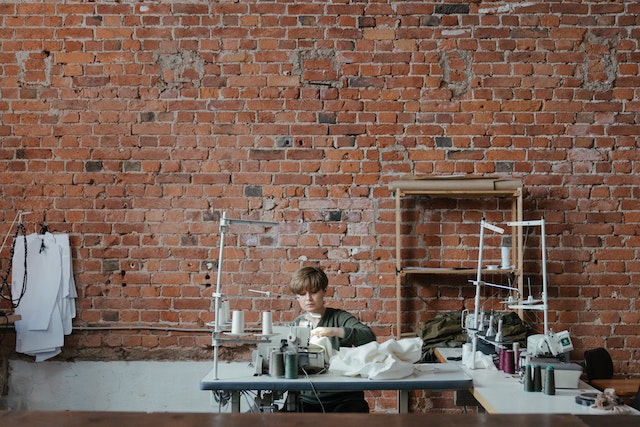In the world of crafting and design, precision is key. Whether you’re a seasoned crafter or a DIY enthusiast, having the ability to cut with precision can make a world of difference in your projects. This is where digital cutting machines come into play. These powerful tools have revolutionized the way we cut materials, allowing for intricate and detailed designs with ease. In this guide, we’ll explore the world of digital cutting machines, their capabilities, and how to use them to achieve cutting perfection.
What are Digital Cutting Machines?
Digital cutting machines, often referred to as electronic cutters or craft cutters, are versatile devices designed to cut various materials with precision. They are a far cry from the traditional scissors or manual cutters and are an essential tool for hobbyists, artists, and professionals alike. These machines are a marvel of technology, and they offer a wide range of creative possibilities.
Digital cutting machines come in various shapes and sizes, each with its unique features and capabilities. Some of the most popular brands include Cricut, Silhouette, and Brother ScanNCut. They can cut materials such as paper, cardstock, vinyl, fabric, leather, and even wood or metal, depending on the machine’s specifications. These machines work by following a design or pattern programmed into their software, providing an accurate and consistent cut every time.
The Advantages of Digital Cutting Machines
- Precision and Consistency: One of the most significant advantages of digital cutting machines is their ability to cut with incredible precision and consistency. You can create intricate designs and detailed patterns that would be nearly impossible to achieve with hand-cutting methods.
- Time-Saving: Digital cutting machines are a time-saver. They can cut materials quickly, allowing you to complete your projects in a fraction of the time it would take using traditional methods.
- Versatility: These machines can cut a wide variety of materials, making them versatile tools for different projects. Whether you’re making greeting cards, personalized apparel, or home décor items, a digital cutting machine can handle the job.
- Repeatability: Once you’ve programmed a design, you can repeat it as many times as needed without worrying about variances in the cuts.
- Design Flexibility: Most digital cutting machines have design software that allows you to customize and create your own designs. You’re not limited to pre-made templates, so your creativity can shine through.
- Scanning Capability: Some models, like the Brother ScanNCut, come with a built-in scanner. This feature allows you to scan and cut around printed images or hand-drawn sketches.
Getting Started with Digital Cutting Machines
Using a digital cutting machine might seem daunting at first, but with a little practice, you’ll quickly become proficient. Here’s a step-by-step guide to help you get started:
1. Choose the Right Machine: The first step is to select the right digital cutting machine for your needs. Consider the types of materials you want to cut, your budget, and the features that are essential to your projects.
2. Install Software: Most digital cutting machines come with design software that you need to install on your computer. Familiarize yourself with this software, as it’s where you’ll create or import your designs.
3. Create or Import Designs: You can either design your own patterns or import existing ones. There are plenty of resources online where you can find free and paid design files compatible with your machine.
4. Prepare Your Material: Depending on your machine, you may need to load the material onto a cutting mat or directly into the machine. Ensure it’s properly secured and ready for cutting.
5. Adjust Settings: Set the machine’s cutting speed, pressure, and blade depth according to the material you’re working with. Refer to your machine’s manual for specific guidelines.
6. Start Cutting: Send your design to the machine through the software, and watch as it cuts your material with precision. Be sure to monitor the process to ensure everything goes smoothly.
7. Weed and Assemble: After cutting, you may need to weed (remove excess material) and assemble your project. This step is crucial for intricate designs.
8. Practice and Experiment: The more you practice, the better you’ll become at using your digital cutting machine. Experiment with different materials and techniques to expand your skills.
Tips for Cutting with Perfection
- Keep your cutting blade sharp and clean for clean, precise cuts.
- Always perform a test cut before starting a new project to ensure the settings are correct.
- Use the right cutting mat for your material to prevent slippage or uneven cuts.
- Organize your workspace and keep your materials well-organized for efficiency.
- Don’t be afraid to ask for help or seek inspiration from crafting communities and forums.
